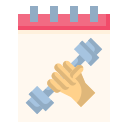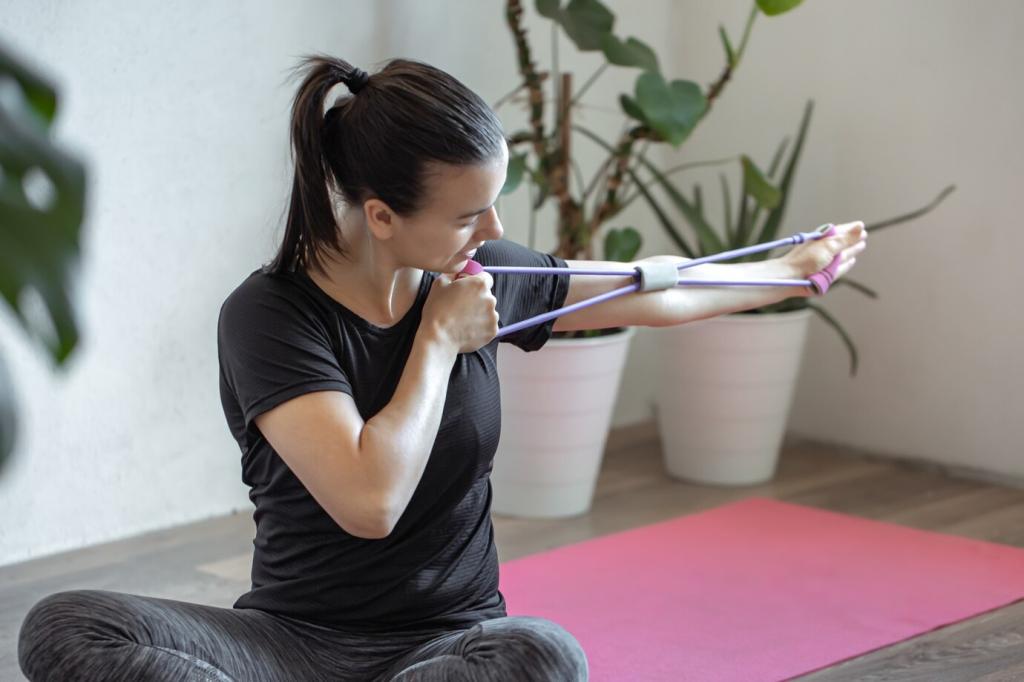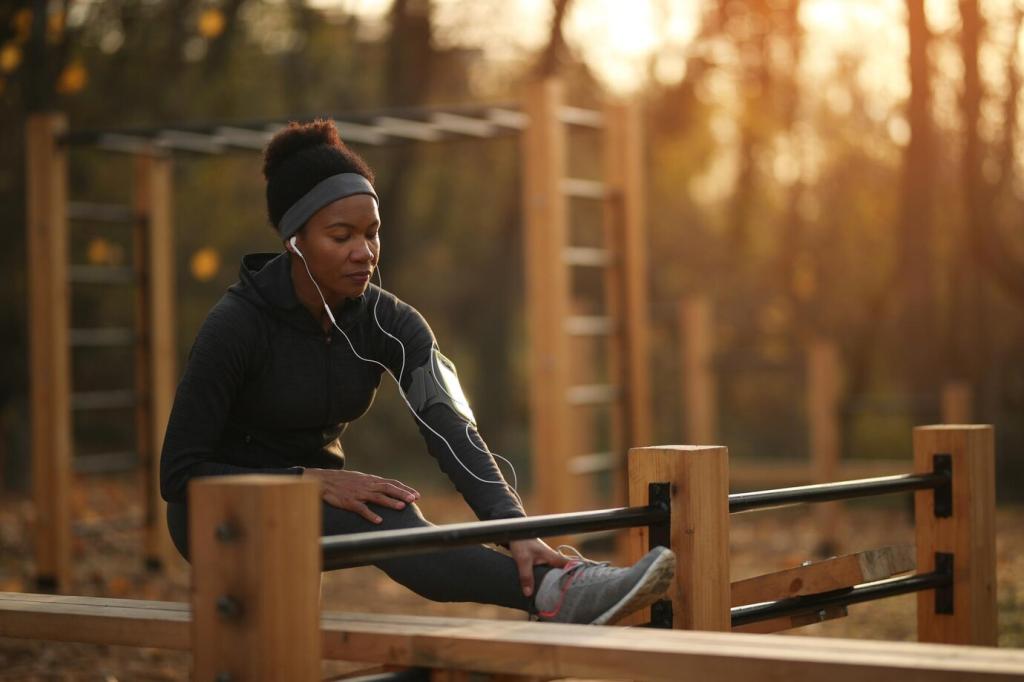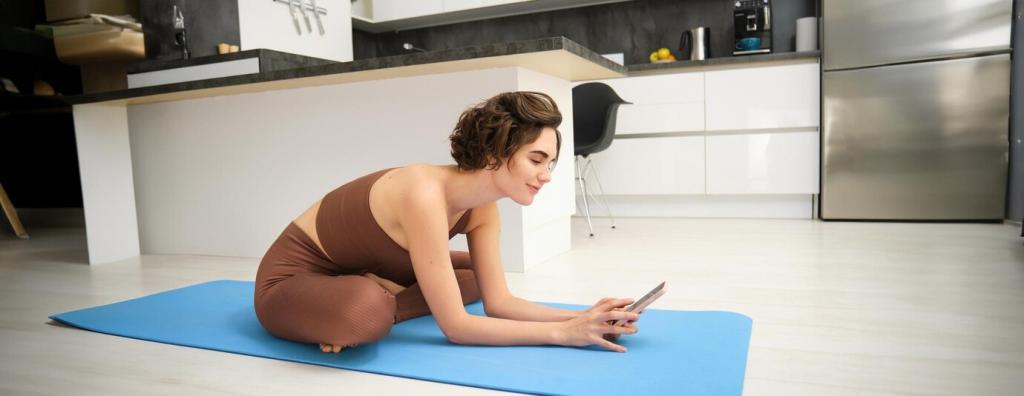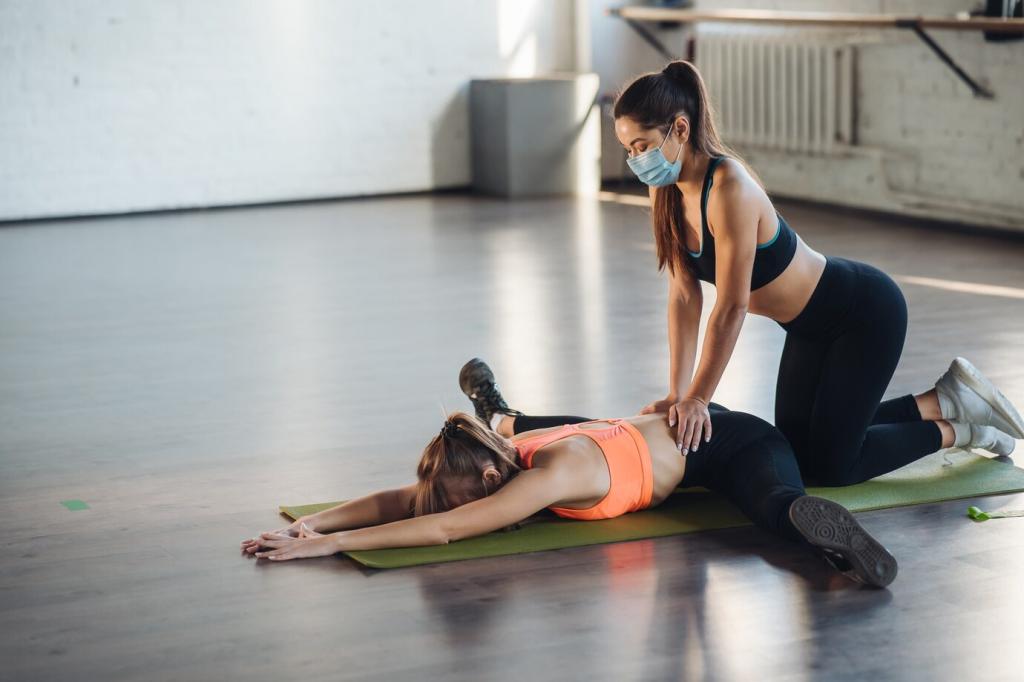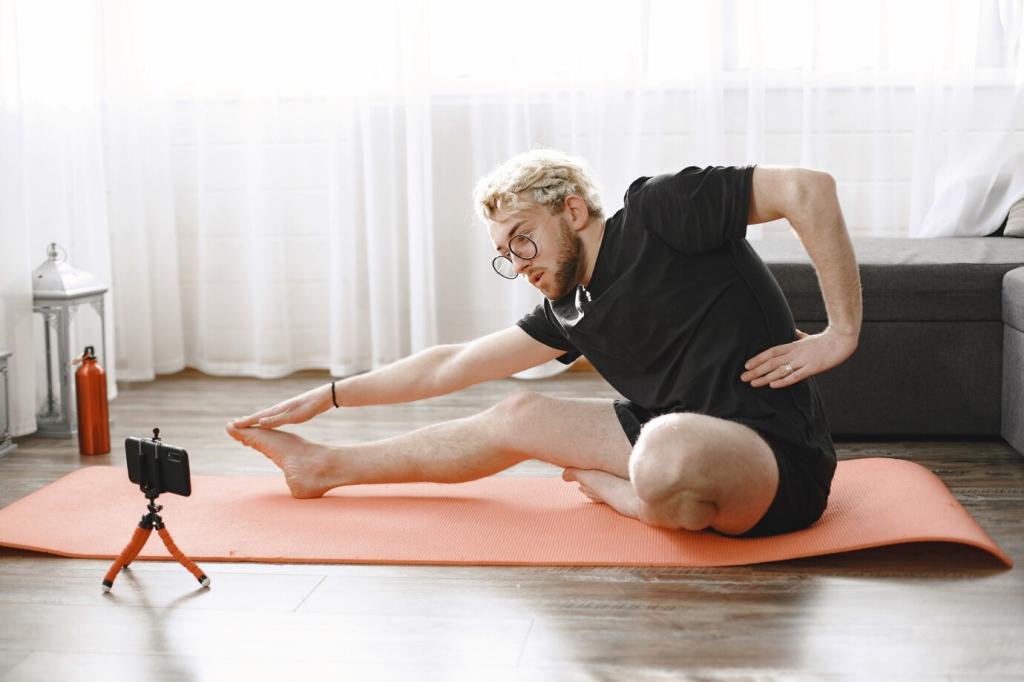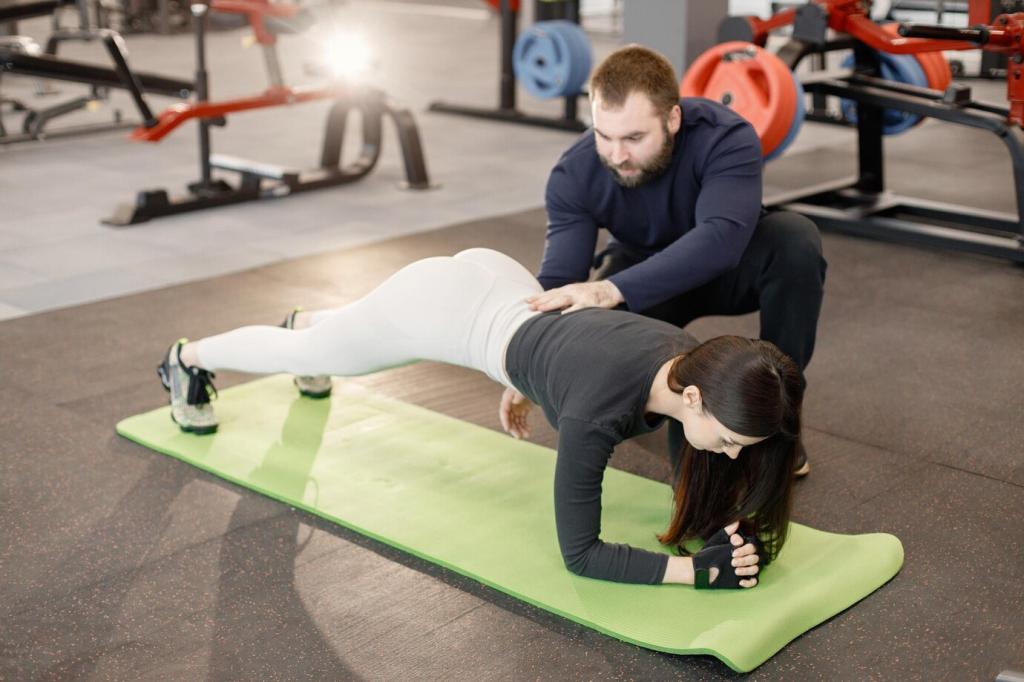Design the Week: Simple Structures That Scale
Organize days by movement patterns—push, pull, hinge, squat, carry, and core—rather than muscle groups. This keeps variety high and equipment demands low. Tell us your weak pattern, and we’ll suggest targeted swaps.
Design the Week: Simple Structures That Scale
Alternate higher‑density circuits with slower, technique‑focused sessions. This balances sweat with skill and respects recovery in a home setting. Comment which day you prefer and we’ll tailor your pace strategy.
